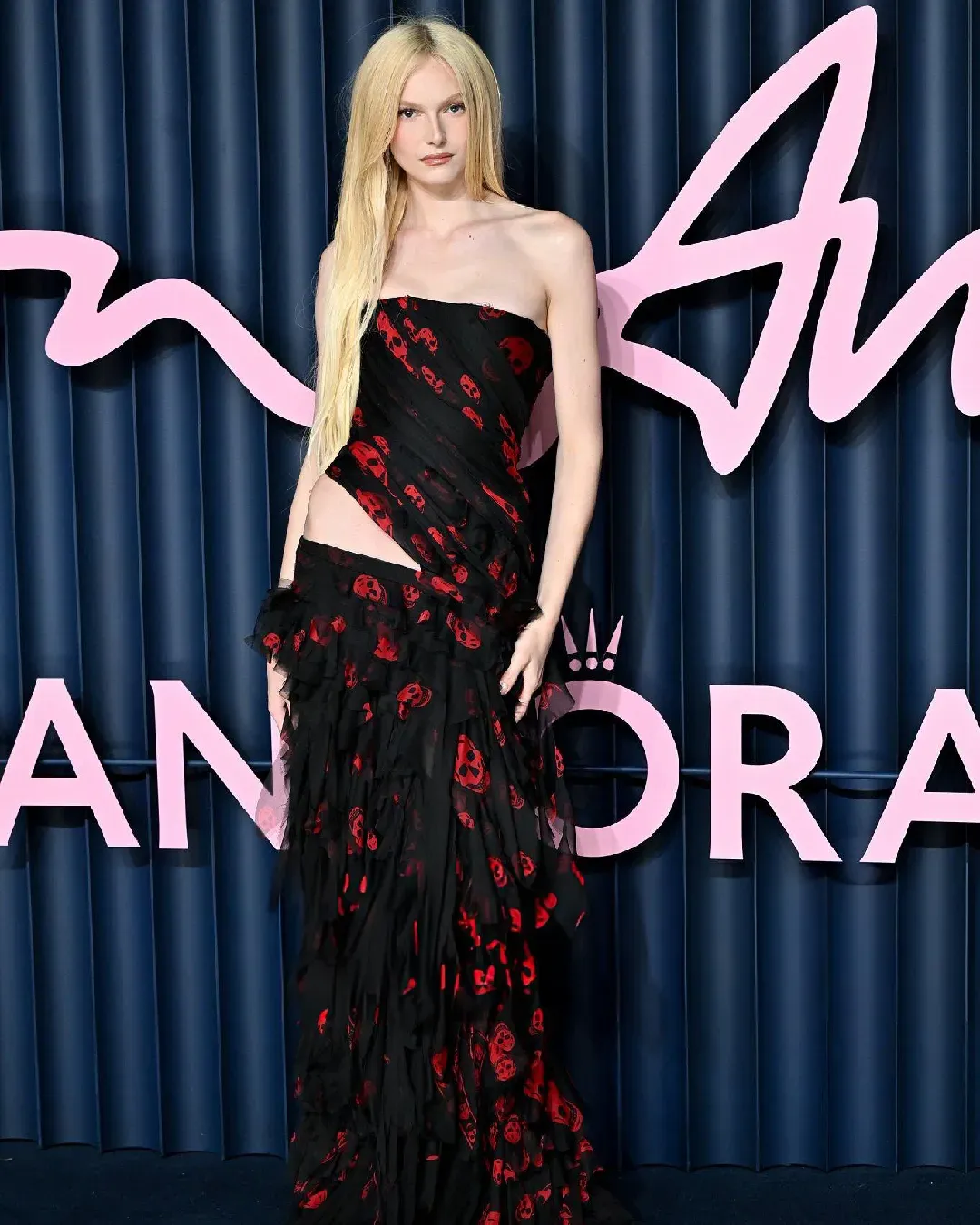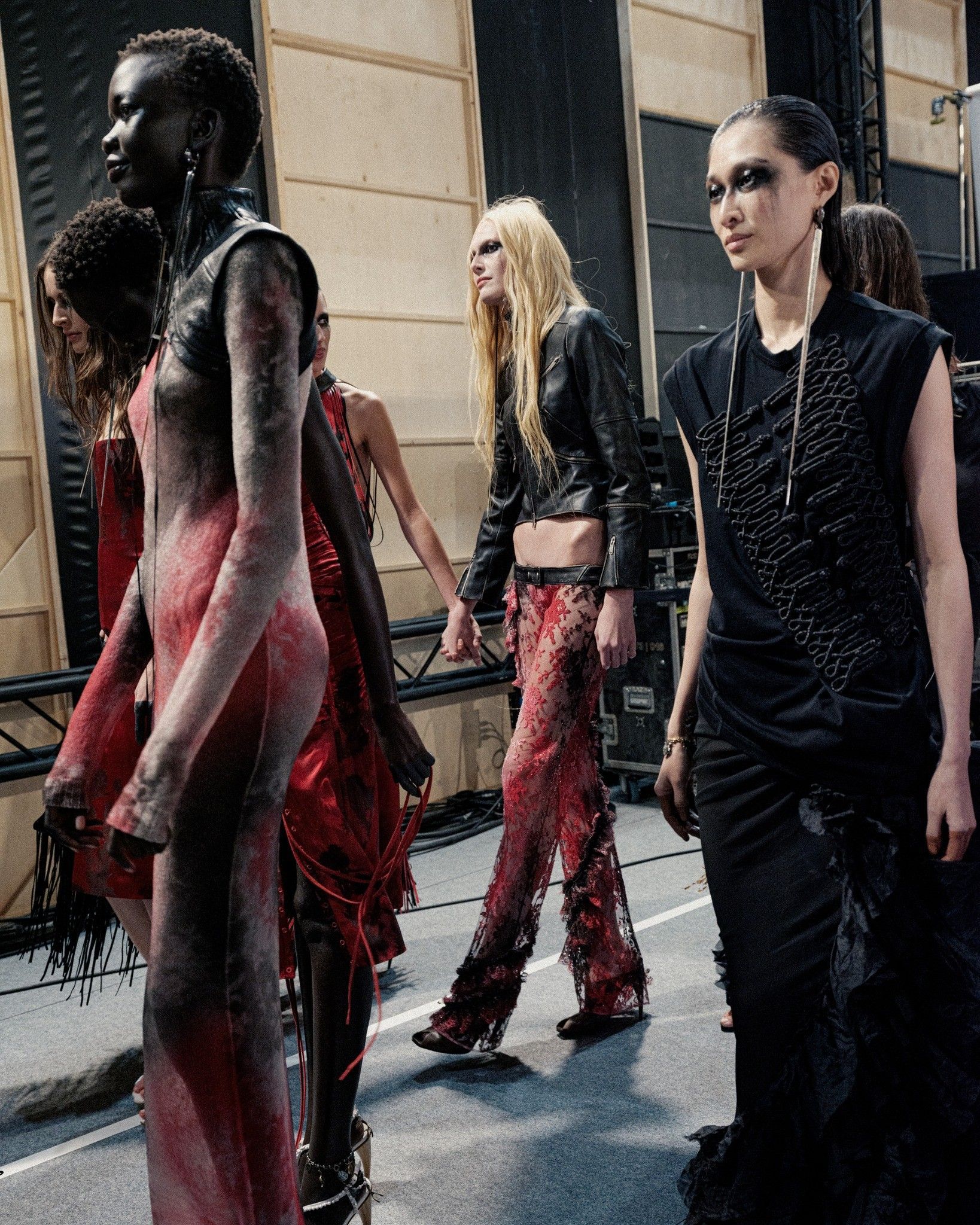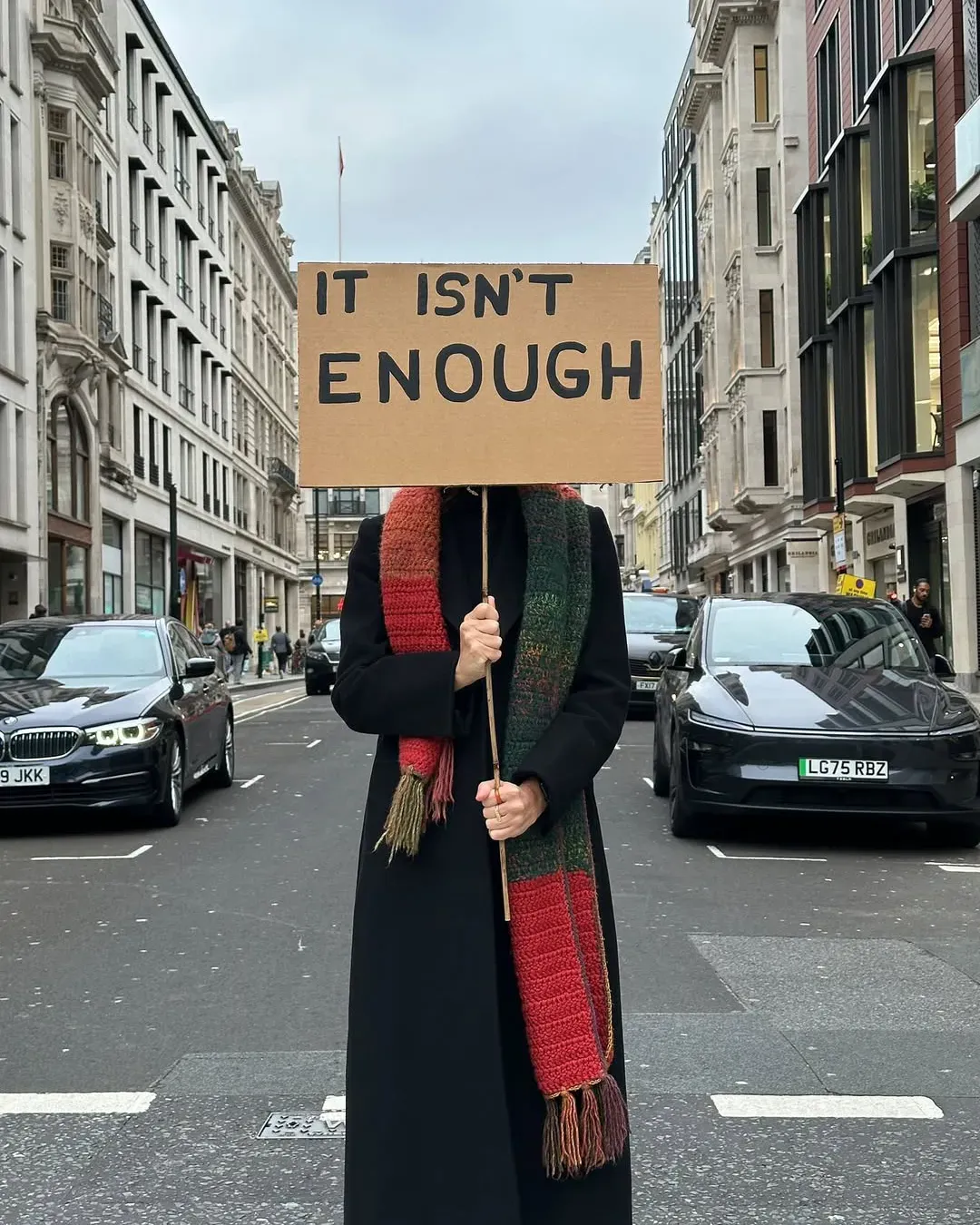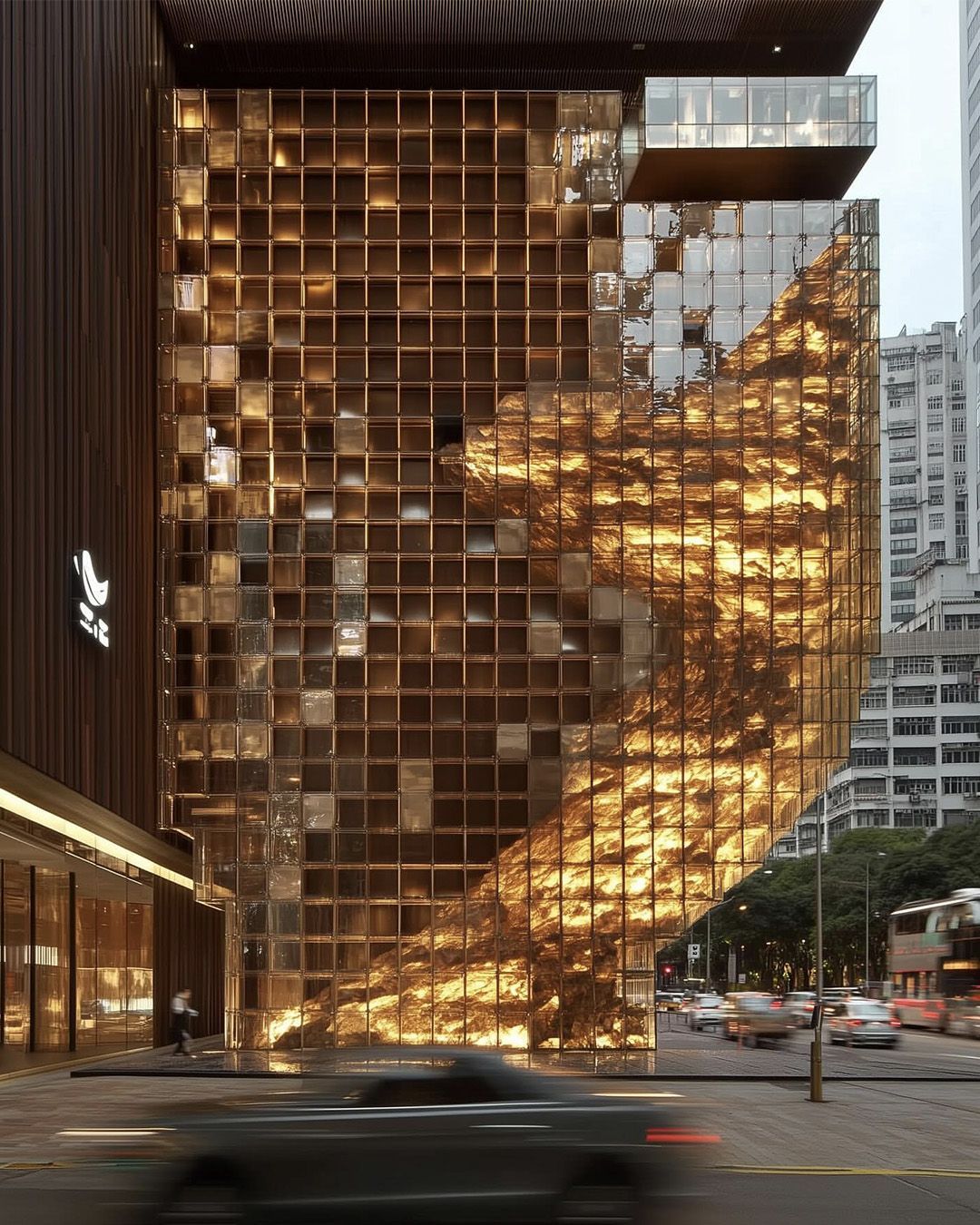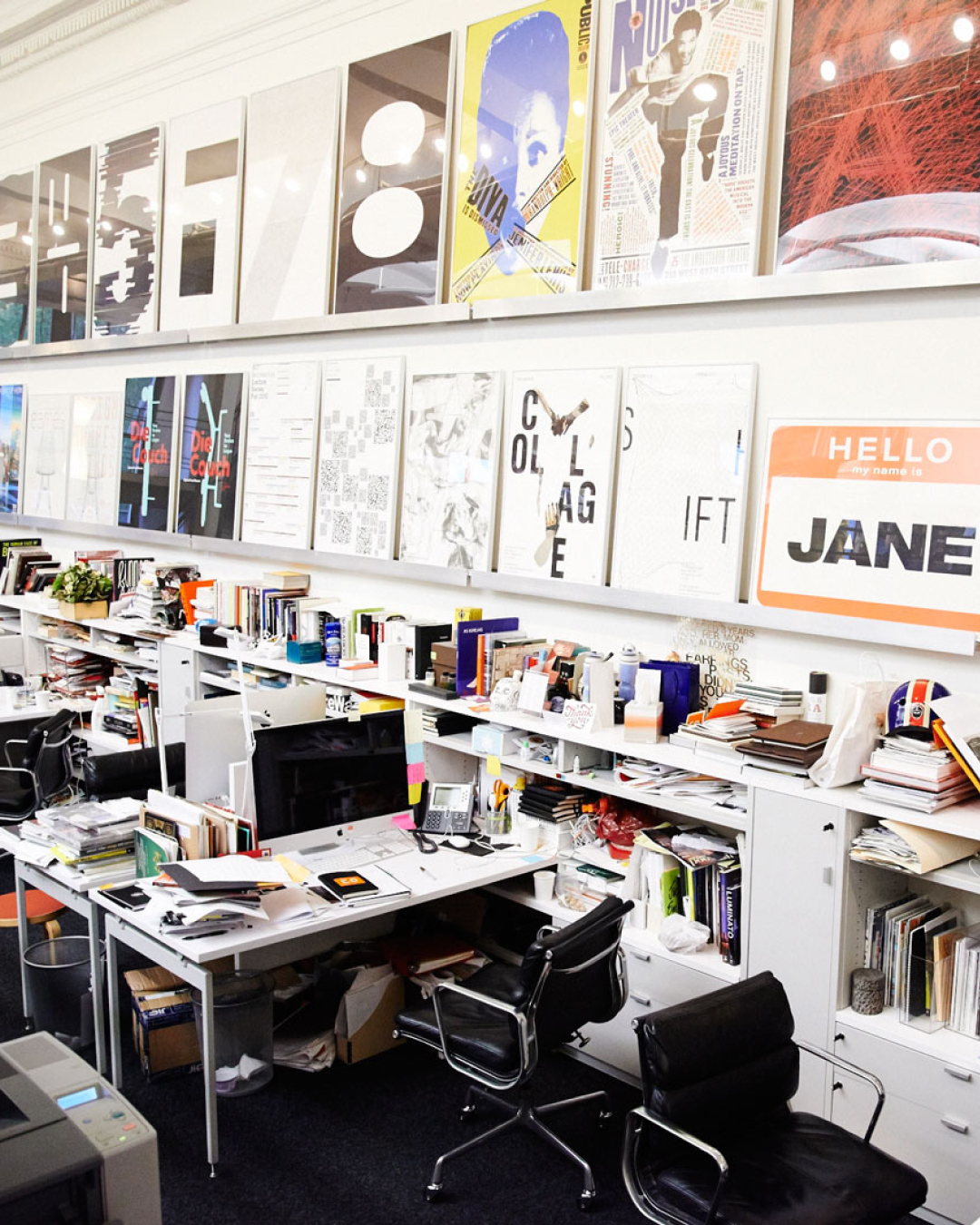
What Raf Simons' farewell tells us about the state of the fashion industry C’è ancora spazio per la creatività nella fashion?
It is 2014 when Raf Simons, newly arrived from Dior, is already lamenting the hectic pace of the French fashion house and impending deadlines in an interview with Suzy Menkes for Vogue UK. In particular, he stresses his regret at being unable to take part in Frieze, the London Contemporary Art Festival, and his great source of inspiration, wondering how creativity can be satiated if not nurtured in the right way. Just as the wise man is the one who drinks when he is thirsty, the creative person should be the one who thinks when he makes something.
But in today's fashion world do we still have time to think creatively? Two Main Collections to which we must add the two Pre, at least 4 campaigns, dozens of digital projects and thousands of contents to be produced through completely different languages and platforms that are constantly evolving: it is the burden that often does not allow the creative genius to rise, to free itself from anxiolytic deadlines and express itself fully. Fashion, however, is an 80 billion industry in Italy alone and almost 20 trilion worldwide. Therefore, disregarding the commercial or marketable strength of an idea, concept, or product would be foolish. But in this fast and furious business environment, where do ideas come from, and how long do they last?
In 2009, Martin Margiela rejected the craven compromise, impending deadlines, and probably even the digital revolution to preserve his art, his silence, and somehow his entire body of work. Among the most influential figures in the fashion world today, Raf is the co-director of Prada, alongside Miuccia Prada, and has decided to discontinue his personal line, which has been a voice for the new underground currents of design-first a cult, now an obsession for future generations. One of the things that made it so strong was the weight of his perceived, sometimes even too conceptual, and therefore hardly accessible, for all the generations it ensnared and then conquered. From Tumblr to TikTok via Grailed and Instagram, Raf Simons' aesthetic constitutes the ultimate 2.0 clothing reference.
Yet all this seems not to have been enough: for while the choice does not seem unexpected and is perhaps dictated by his greater involvement in Prada - the Raf-Miuccia duo, after much effort, seems to be finding common stylistic ground - a certain weariness and lack of relevant topics capable of capturing attention as they did in the past have emerged in recent years. What if instead of ideas, time is lacking? Indeed, we are not here to investigate or justify Raf's choice, which in a way I think is more than fair as an act of freedom, but to ask whether fashion is still willing to accommodate complex figures, creatively and conceptually. So is the fashion industry still able to protect creative genius?
How much room remains for pure artistic freedom? Looking at the new independent creative scene, the answer would seem to lean toward no, although the works of JW Anderson and Martine Rose represent a glimmer, or at least an attempt to remind us that fashion is an art form and not just a product to be worn. If, however, we narrow the circle to Italy, the answer is a flat no. With exceptions: Alessandro Michele, for example, has built his own aesthetic imagery and created a recognizable idea of fast luxury, as evidenced by the Gucci Vault project. However, the creative scene in general is flat. It is animated by creative directors who are hybrids of influencer marketing and simple garment design.
They have no idea that it takes them beyond the product. It's a fundamental question today: is the creative director someone who can think and create, or must they only make and sell? Time in this case is no longer a gentleman, in fact, it becomes the main enemy because it is lacking as never before, giving way in the face of the frenetic pace of fashion. How we can reclaim this time I cannot say, however, a new spirit of adaptation and a general downsizing (and slowing down) of the whole system would seem two good places to start. Because, if we stop creating, sooner or later we will also stop making as it was for Martin Margiela, Raf Simons, and, unfortunately, Alexander McQueen.










































